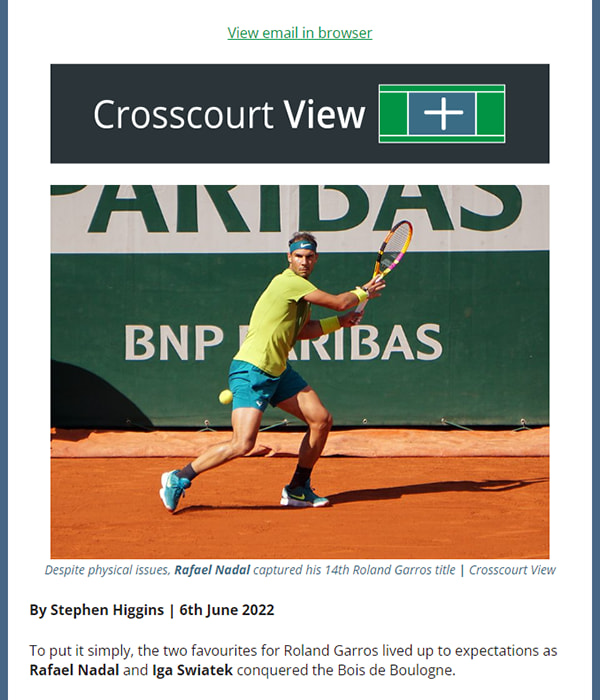PREVIEW | ROLAND GARROS 2023
Alcaraz and Djokovic lead men's draw while Swiatek, Sabalenka and Rybakina vie for women's title
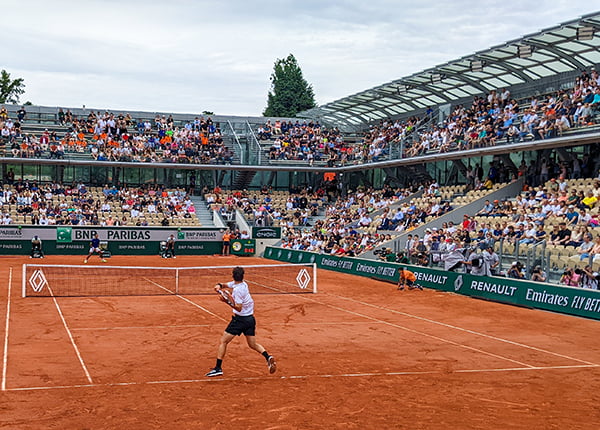
The winds of change continue to blow through tennis and right now, they are gusting across the Bois de Boulogne.
For the first time since 2004, Rafael Nadal will not compete at Roland Garros. The 14-time champion is in limbo, recovering from the hip problem that derailed his Australian Open campaign. As of now, the 22-time major winner has no return date pencilled in.
After we said farewell to both Roger Federer and Serena Williams last season, have we also seen the last of the King of Clay? Naturally, tennis fans hope not. However, Roland Garros 2023 is certainly a great opportunity for the rest of the men’s field, in particular world no.1 Carlos Alcaraz, Daniil Medvedev, Holger Rune and of course, Novak Djokovic.
While the men's field wanders through some upheaval, the women's side has settled into an exciting meritocracy led by three: Iga Swiatek, Aryna Sabalenka and Elena Rybakina. The last four majors have been lifted by one of the trio and that trend looks like continuing in Paris.
Another note of interest is that both the men’s and women’s no.1 rankings are on the line. Alcaraz, Medvedev, Djokovic and Stefanos Tsitsipas can all leave the French capital as the world’s best depending on various outcomes. The women’s situation is clearer where Swiatek must do better than Sabalenka over the coming fortnight.
This year, almost €50 million will be handed over in prize money with the singles champions set to receive €2.3 million each.
Men's Draw
It just looks odd. Despite all the injuries that plagued his career, Rafael Nadal always made it to the starting line at Roland Garros. The draw sans Spaniard looks unseemly but for the 128 men left, a gargantuan obstacle is absent.
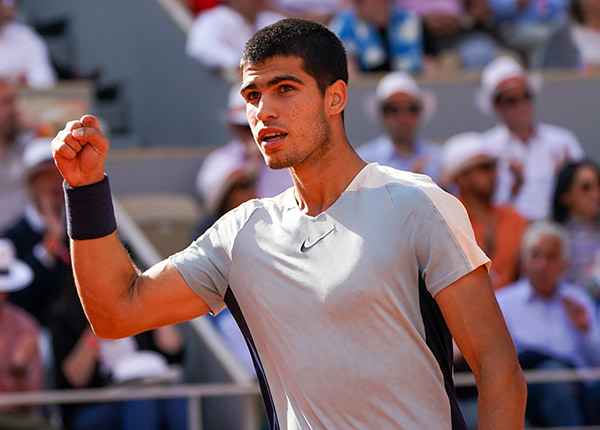
The man most likely to benefit is probably Carlos Alcaraz. Since missing the Australian Open with injury, the world no.1 has been fairly scintillating with four titles in as many months (Buenos Aires, Indian Wells, Barcelona and Madrid).
While the 20-year-old did suffer a shock loss in Rome to world no.135 Fabian Marozsan, you get the feeling that it will barely dent the Spaniard’s character.
Alcaraz has received a decent draw in Paris and shouldn’t face too much resistance in the opening rounds. Cam Norrie, who beat the Spaniard in this year’s Rio final, could be tricky in the fourth round before projected meetings with Stefanos Tsitsipas (QF) and Novak Djokovic (SF).
Given Tstitsipas’s heritage here (2021 finalist) and solid form on the clay, I’d expect the Greek to come through the top quarter alongside Alcaraz, particularly with questions over Felix Auger-Aliassime and Sebastian Korda.
Novak Djokovic and Andrey Rublev lead the second quarter and they look the most likely pair to advance.
The two-time champion has not enjoyed good preparation for the tournament as injury niggles and early losses hampered him in Monte-Carlo, Banja Luka and Rome. But until further notice, he’s still Djokovic and this is a major.
The 22-time grand slam winner has a pretty good draw although Alejandro Davidovich-Fokina, Hubert Hurkacz and Roberto Bautista Agut are interesting banana peels should the Serb feel a bit off.
Rublev should make it through his section but don’t be surprised if Karen Khachanov or (if the stars align) Stan Wawrinka upset the Russian’s plans.
Daniil Medvedev is the most interesting quantity in the bottom half. Long a clay sceptic, the Russian just won Rome with victories over Alexander Zverev, Tsitsipas and Rune so I may need to crack out a new label.
Medvedev has an appetising draw early on before a potentially tricky fourth round with Borna Coric, Dominic Thiem or Alex de Minaur. From there, Jannik Sinner or Zverev would make for a challenging quarter-final before a semis clash with Rune or Casper Ruud.
Finally, in the third quarter, the hype machine has its eyes firmly on Holger Rune. In truth, the Dane is a remarkable talent and continues to improve with a title in Munich and final runs in Monte-Carlo and Rome.
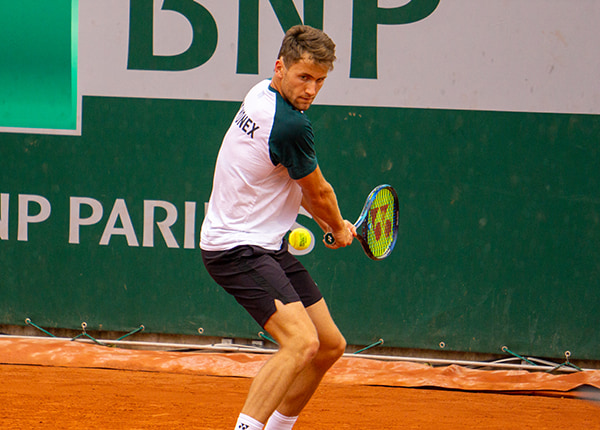
While the 20-year-old has a pretty good draw here, the path for Casper Ruud is intriguing. As Rune has excelled, Ruud has diminished. Last year’s finalist has had a shocking run of form this season bar a title run in Estoril. But maybe that semi-final showing in Rome arrived just in time for the likeable Norwegian.
Women's Draw
If we took a straw poll at the start of the season, I doubt there would have been many questioning Iga Swiatek’s chances at Roland Garros. But five months in, and a number of high profile losses later, Iga looks less invincible.
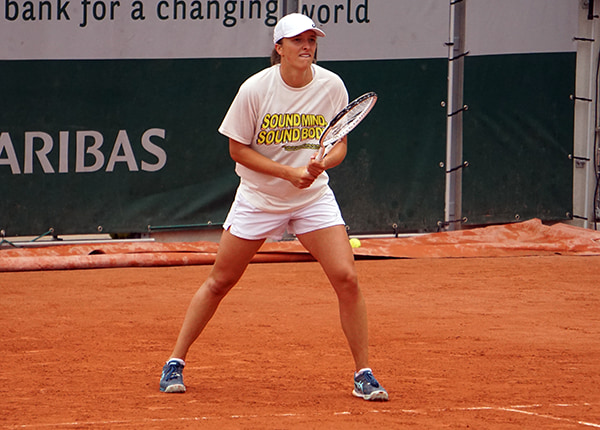
Rybakina’s stellar performance in Melbourne, where she knocked the Pole out in straights, sent a shockwave through the top of the women’s game. That was followed by losses to Krejcikova (Dubai), Rybakina (Indian Wells), Sabalenka (Madrid) and then that retirement to Rybakina in Rome. While those players have different styles, It’s clear that Swiatek can be overpowered by the Belarusian and Kazakh, even on her beloved clay.
After a reasonable beginning, the 21-year-old will not be enthused by the prospects of both 2021 champion Krejcikova (fourth round) and Rybakina (semis) in her path to the final. That could be too tough a route for Swiatek to navigate unless she sparkles.
Elsewhere in the top quarter, I’m interested to see how Coco Gauff fares. Last year’s finalist has solidified herself in the top 10 this season, but her form on the clay has been underwhelming in recent weeks. You should also keep an eye out for Ukraine’s Anhelina Kalinina, who had a superb run to the Rome final.
Elena Rybakina’s presence dominates the second quarter but there are hurdles to overcome. First up, it will be fascinating to see the Wimbledon champion take on the latest rising star from the Czech Republic, 16-year-old Brenda Fruhvirtova. The likes of Ons Jabeur, Beatriz Haddad Maia, Sorana Cirstea and Donna Vekic will also want a say in how that section progresses.
Aryna Sabalenka will hope to turn her improved clay court results into Parisienne progress. The Australian Open champ has not ventured beyond the third round here in the past, and it will take some effort to make the business end.
There are a number of formidable competitors in the Belarusian’s quarter including 2017 winner Jelena Ostapenko, 2018 finalist Sloane Stephens, world no.5 Caroline Garcia, Daria Kasatkina and Qinwen Zheng. That group has the capacity to shake up the bottom half and tournament.
Finally, the third quarter looks to be quite open. Last year’s quarter-finalist Jessie Pegula is the highest seed here but her clay court swing has been mixed so far. The American has also received a brutal opener against her tough compatriot Danielle Collins.

In this quarter, I wouldn’t be surprised if Karolina Muchova, Anastasia Pavlyuchenkova, Linda Fruhvirtova or Anastasia Potapova progress at the expense of the higher ranked cohort of Pegula, Maria Sakkari, Belinda Bencica and Liudmila Samsonova.

